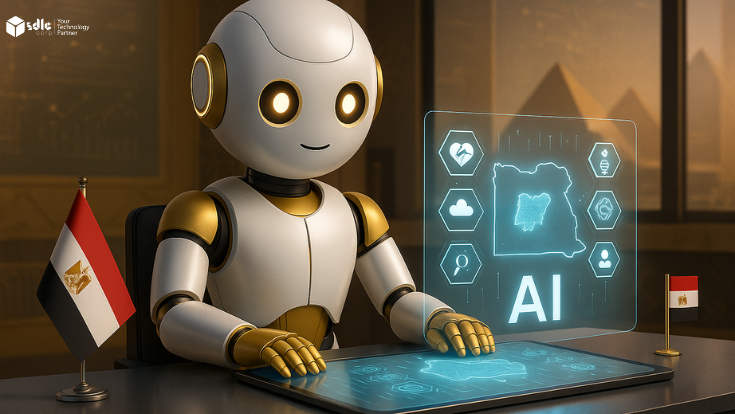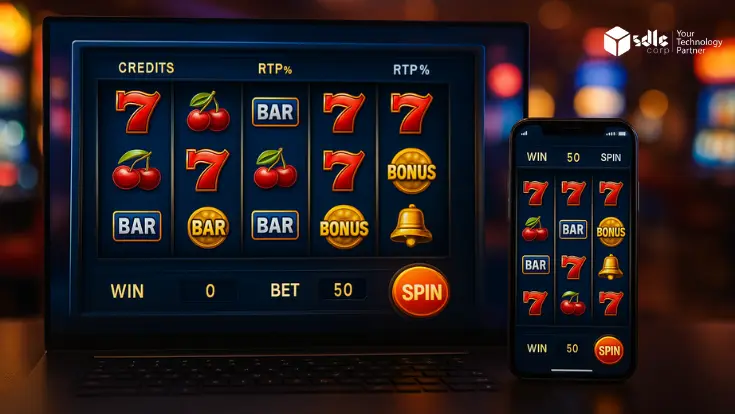The gaming industry has evolved dramatically over the last few years, with the rise of GameFi ecosystems signaling a groundbreaking shift in how gamers engage with virtual environments. Combining gaming with decentralized finance (DeFi), GameFi introduces new ways for players to earn real-world value through virtual assets, blending entertainment with financial opportunity. At the heart of this revolution are virtual assets such as non-fungible tokens (NFTs), cryptocurrencies, and other blockchain-based digital commodities, transforming traditional gaming into an economically viable space for players, developers, and investors.
GameFi ecosystems leverage blockchain technology to create decentralized platforms where in-game items, characters, skins, and even land can have real-world monetary value. These virtual assets play a critical role in empowering players to engage in play-to-earn (P2E) models, facilitating asset ownership, trade, and investment across multiple gaming platforms. In this blog, we will explore the various types of virtual assets within GameFi, how they impact gaming ecosystems, and why they are crucial for the future of the gaming industry.
Experience the Next Era of Gaming: Play, Earn, and Thrive with GameFi
Our expert team is here to guide you every step of the way.

Introduction to Virtual Assets in GameFi
Virtual assets in GameFi primarily consist of NFTs and cryptocurrencies. These assets are usually backed by blockchain, ensuring transparency, security, and immutability. Unlike traditional gaming, where players may invest time and money into in-game purchases that have no value outside the game, virtual assets in GameFi enable real ownership. Players can own, trade, and even profit from their in-game assets, which are usually tokenized through blockchain technology.
The integration of DeFi mechanics into gaming allows players to engage in a new economic paradigm where they can earn, lend, and invest their virtual assets just as they would in traditional finance. By blending these elements, GameFi ecosystems empower players not only to play but also to generate wealth from their gaming activities.
Types of Virtual Assets in GameFi Ecosystems
1. Non-Fungible Tokens (NFTs)
NFTs are one of the most significant elements of the GameFi ecosystem. Representing ownership of unique digital items, NFTs have transformed the way players view in-game assets. Traditional games allow players to acquire items, but those assets remain locked within the game’s ecosystem. In GameFi, however, NFTs allow true ownership, meaning that once a player acquires an in-game item, they can sell, trade, or rent it on secondary markets outside of the game itself.
NFTs in GameFi can represent various types of assets, such as characters, weapons, skins, or even virtual land. Games like Axie Infinity and The Sandbox have successfully utilized NFTs, allowing players to build real value from their in-game endeavors. These assets not only enhance the gameplay experience but also provide economic incentives, creating opportunities for earning, speculation, and investment.
2. Cryptocurrencies
Cryptocurrencies serve as the primary medium of exchange in many GameFi ecosystems. Games built on blockchain typically have their native tokens, which can be earned by completing quests, winning battles, or staking assets. These tokens are often tradeable on decentralized exchanges (DEXs), and in some cases, can be converted into fiat currency, giving players real-world financial rewards for their virtual achievements.
Tokens in GameFi also serve multiple functions, such as governance, where players can vote on game updates and development decisions, or staking, where players lock up their tokens in exchange for rewards. The introduction of tokens in GameFi ecosystems not only gamifies financial systems but also ensures player participation in game development and the overall ecosystem’s growth.
3. Virtual Real Estate
Another emerging virtual asset in GameFi is virtual real estate. Some games allow players to own, buy, or lease virtual land, which can serve as a venue for in-game events, businesses, or even future development projects. Virtual real estate in the GameFi context holds significant value, with some plots selling for millions of dollars.
The idea of owning virtual property brings a new dimension to gaming, where users can become creators or entrepreneurs within the game’s ecosystem. As the GameFi sector grows, virtual land will continue to be a valuable asset, providing more than just an interactive experience, but also a lucrative investment opportunity.
Impact of Virtual Assets on the GameFi Ecosystem
1. Player Empowerment and Ownership
One of the key impacts of virtual assets in GameFi is player empowerment. In traditional games, players are often restricted by centralized systems where developers or publishers control everything. GameFi changes this dynamic by giving players ownership over their assets, ensuring that they have control over how they use, trade, or sell them. This shift in ownership dynamics empowers players, giving them the potential to profit from their gaming efforts.
Moreover, because virtual assets are stored on decentralized platforms, players are not subject to game shutdowns or losing their in-game investments when a game becomes obsolete. The permanence and interoperability of virtual assets across different GameFi platforms further enhance player autonomy and security.
2. New Revenue Streams for Developers
For game developers, the integration of virtual assets opens up new revenue streams. Instead of relying solely on traditional models such as pay-to-play or subscription services, GameFi allows developers to earn from secondary transactions. Every time a player trades or sells a virtual asset on the blockchain, developers can receive a percentage of the transaction fee.
This model incentivizes developers to create rare and desirable in-game assets, which in turn increases player engagement. Virtual assets also attract a broader audience, not just gamers but also investors and collectors interested in NFTs or cryptocurrencies, thereby expanding the game’s market.
3. Decentralized Economies and DeFi Integration
GameFi ecosystems benefit from decentralized economies, where virtual assets such as tokens and NFTs are integral to economic activities. DeFi integration allows players to stake their in-game tokens, earn interest, or even use them as collateral for loans. This combination of gaming and financial services creates a thriving, player-driven economy, where assets within the game can have real-world financial implications.
DeFi integration into GameFi platforms also provides liquidity to virtual assets. Players can quickly convert in-game tokens into other cryptocurrencies or fiat, further cementing the idea that these assets have tangible value. As decentralized economies grow, they will likely attract even more investment into the GameFi space.
The Future of Virtual Assets in GameFi
The future of GameFi lies in the continued development of virtual assets and their integration across different platforms. As more games adopt blockchain technology and decentralized economies, players will see greater opportunities to earn and invest within the virtual world.
1. Interoperability Across Games
A significant advancement in GameFi will be the development of interoperable virtual assets. In the future, players will likely be able to use their NFTs, tokens, and other assets across multiple games. This means that the sword a player acquires in one game could be transferred and used in another, or virtual land in one game could serve as collateral in another’s DeFi system.
Interoperability will create more flexible ecosystems, where players are not locked into a single game and can maximize the value of their virtual assets across different platforms.
2. Mainstream Adoption
As the technology becomes more accessible, GameFi and its virtual assets are expected to attract a larger, more mainstream audience. With blockchain gaming still in its early stages, the future holds enormous potential for growth.
GameFi blends gaming with real-world rewards, offering players the chance to earn and thrive in virtual economies.

Conclusion
The role of virtual assets in GameFi ecosystems is not just a passing trend but a foundational aspect of the future of gaming. By integrating blockchain technology, NFTs, and cryptocurrencies, GameFi empowers players with true ownership, new revenue streams, and decentralized economies, blurring the lines between gaming and finance. The continued development of interoperable virtual assets and the growing mainstream appeal of GameFi will ensure that this new gaming paradigm is here to stay.



